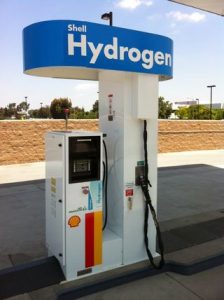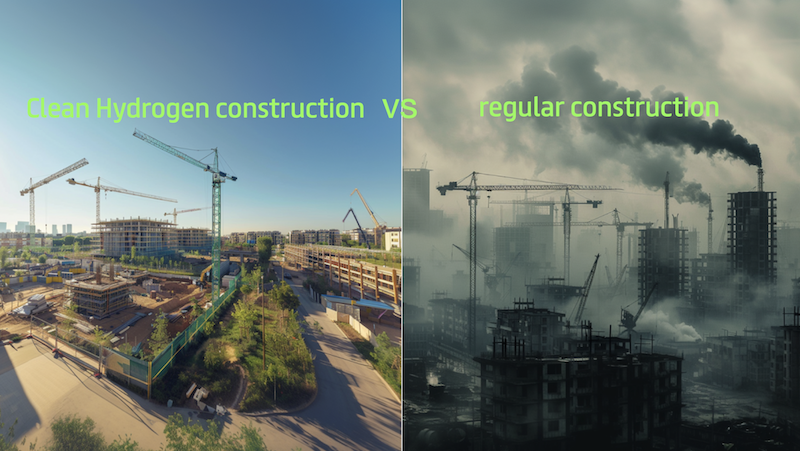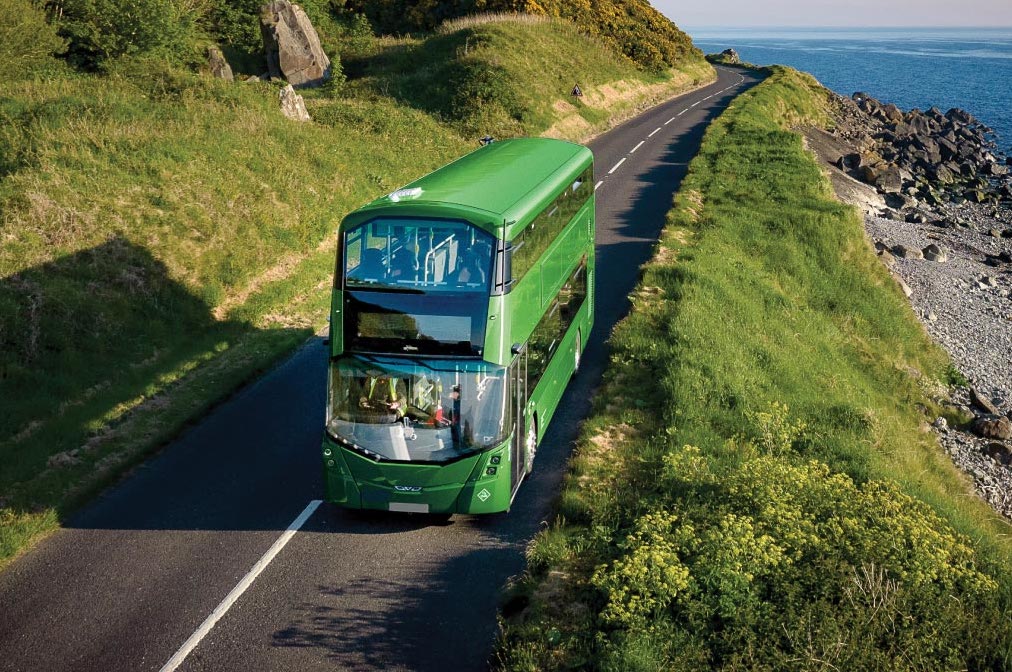The ban on the sale of vehicles powered by petrol or diesel comes into force from 2030, meaning that petrol stations across the nation have to remodel their services.
For example, purchasing and installing six chargers will cost a forecourt operator approximately £1 million. In addition to this, those stations must then lock into a connection to the grid: £2.5 million for a big motorway station or £150,000 for a small station.
This represents committing to multimillion-pound investments for the changing infrastructure, despite still being in the dark about how drivers’ behaviour will change as vehicles change. The pressure is mounting, and what is certain is the continued drop in the value of selling fossil fuel as the number of petrol and diesel vehicles on the roads is set to plummet.
Behavioural change is a fascinating part of this debate, and with electric there is a huge shift required as charging takes so much longer than the usual filling up, and yet the resulting distance that can then be covered is so much less than that covered by a tank of fuel.
What’s more is it can easily take up to an hour to recharge an electric vehicle and that’s even with a ‘rapid’ charging point. The service station industry is hopeful that this means drivers will spend more on coffees and food whilst waiting for their vehicle to charge. However, the impact of the time required to re-charge on processing big numbers of vehicles is quite eye-watering as we’re used to filling up in under five minutes. Even filling up a diesel bus takes only approximately seven minutes.

As it can take an hour to recharge an electric car, petrol station owners hope this means customers will buy more coffee and food whilst waiting.
Planning permission for a power station can take up to fifteen years. This is interesting because if all of the UK’s vehicles switched to electric today, then eight new power stations would be needed to supply the electricity required.
This is where Hydrogen steps in, in the first instance for big and heavy transport, which is currently one of our most polluting sectors. A zero-emission Hydrogen bus takes the same time to refill as a diesel bus, and covers the same distance as a diesel bus, whilst only emitting water vapour. Unlocking the U.K.’s hydrogen economy starts with buses because servicing them with Hydrogen means the volume required brings the cost right down, in line with the cost of diesel. From there Hydrogen can be used to clean up the entire transport system.

Refuelling a Hydrogen bus takes the same time as refuelling a diesel bus and even covers the same distance, whilst only emitting water vapour
The issue facing the U.K. Hydrogen industry is that unlike Germany (who have already invested 9 billion euros in their Hydrogen strategy) and several other countries, the U.K. have been slow off the mark with releasing their own strategy and government support needed to ally with private investment.






